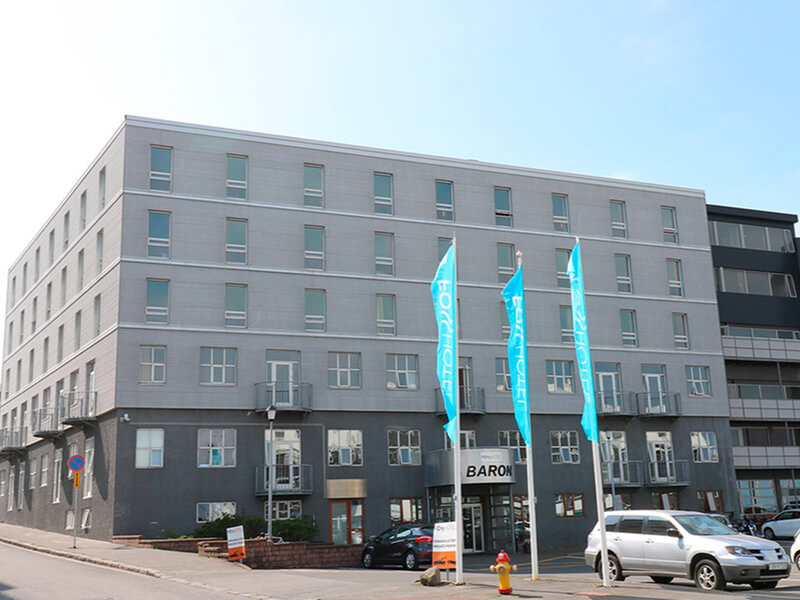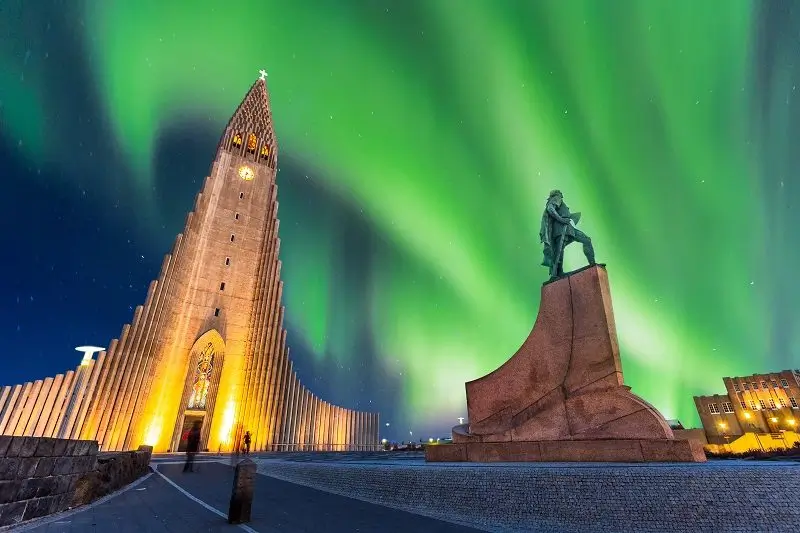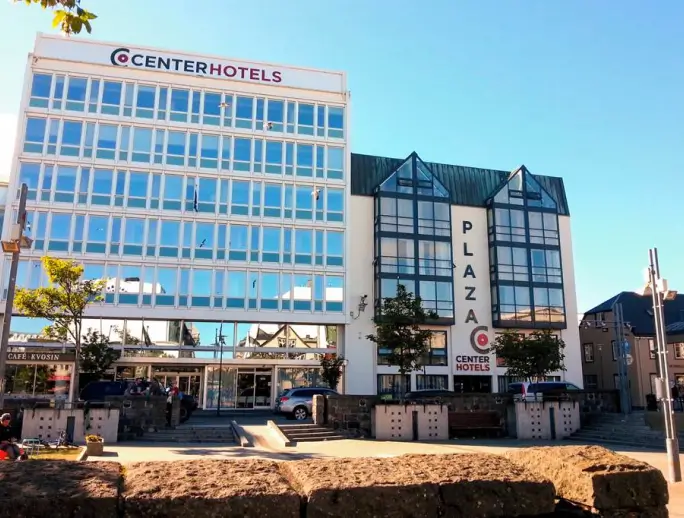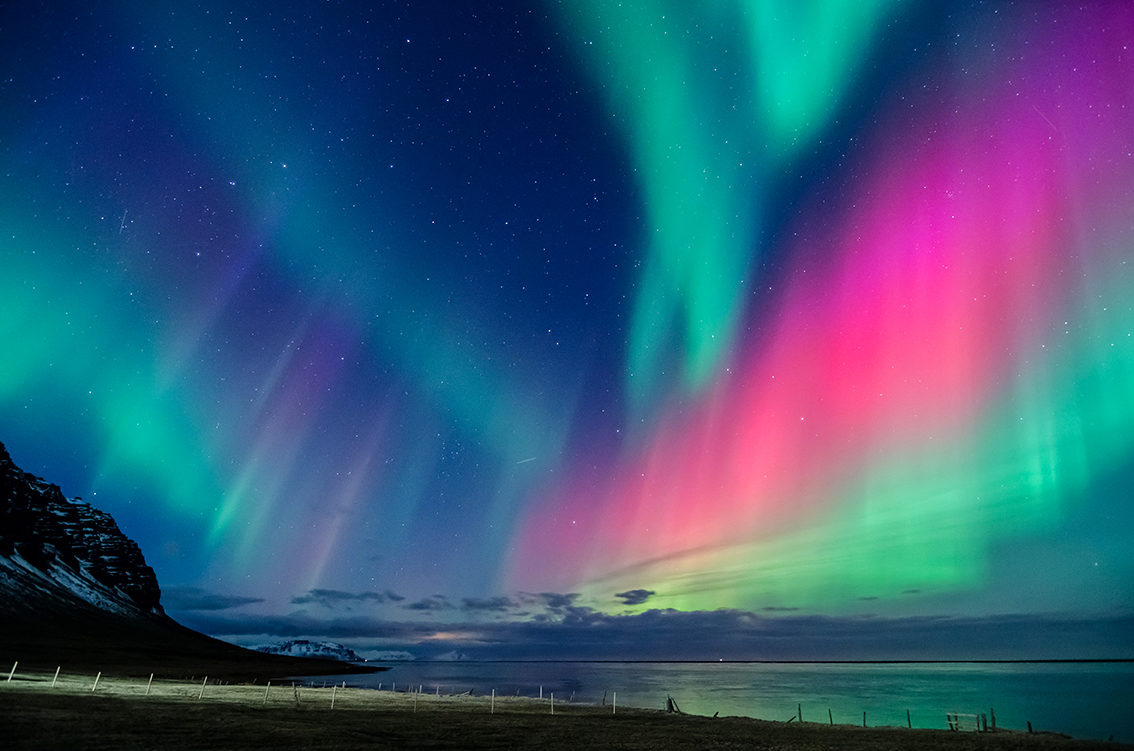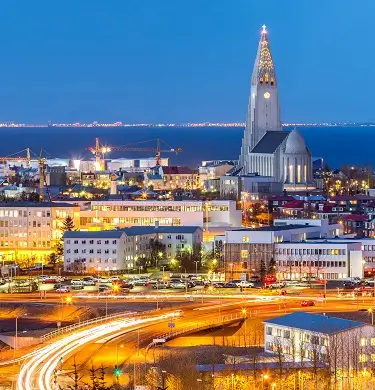
Iceland Holidays
What an Iceland holiday looks like:
Holidays in Iceland
Iceland boasts epic scenery and a charming capital city. It’s famous for stunning dramatic landscapes of volcanoes, geysers, waterfalls, and glaciers – not to mention the wonder of the Northern Lights.
Most holidays in Iceland start in the capital, Reykjavik, with its quaint Nordic charm and quirky culture. While the art museums, shops, and city sights will provide enough entertainment for a short break; heading to the countryside is perfect for understanding the people and culture.
Iceland's unique geothermal activity is harnessed across the country, so you’ll find ‘hot spots’ everywhere – from downtown Reykjavik to the isolated Westfjords. The open-air hot tubs are like bars; an authentic place to socialise with the locals.
Where is the best place to stay in?
Reykjavik is top of everyone’s Iceland holiday wish list. It’s the world's most northern capital, Iceland's cultural hub, and offers vibrant nightlife and abundant cafes, bars, and restaurants. Famous sights include Hallgrimskirkja, Harpa Concert Hall, National Museum of Iceland, and Perlan.
Travel Guide
Iceland is popular year-round, though temperatures only reach around 11°C in July and August and drop to around 0°C from January to March.
- Currency: Icelandic Krona
- Average temp: 5°C/41°F
- Average flight time: 2 Hours
- Time Difference: 0 hours
Featured Iceland Holiday Offers
Best sellers: Iceland
4 Star Iceland City Breaks
3 Star Iceland City Breaks
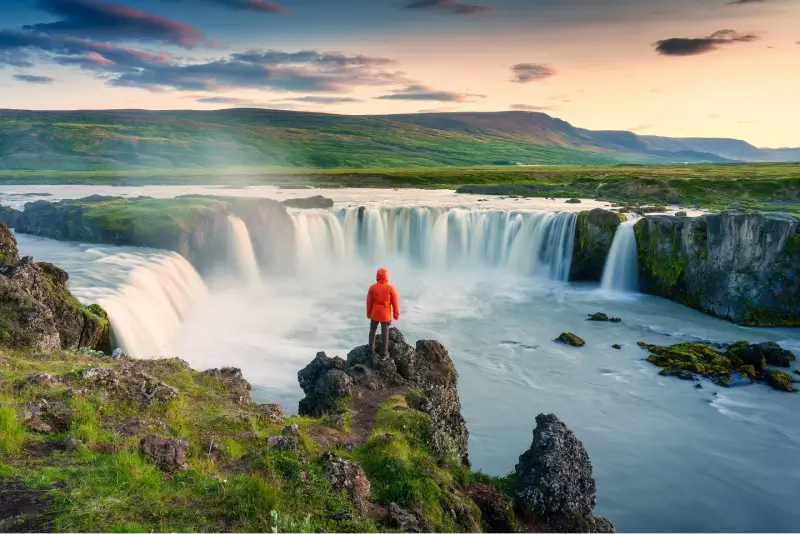
Things to see and do in Iceland
You’ll be spoilt for choice of things to see and do on your Iceland holiday; from hiking across glaciers and black sand beaches to historic museums and world-famous DJ events – there’s something for everyone.
Seeing the iconic Northern Lights will no doubt be high on your list, so plan your trip from September to April for your best chance. Book a group excursion to take you to the perfect spot or sail from Reykjavik on a boat tour to seek them out at sea.
Visiting the Blue Lagoon is an absolute must. The cyan water is rich in minerals, algae, and fine silica mud that will leave your skin feeling silky smooth. Wildlife fans can head to Húsavík known as the whale-watching capital of Iceland or catch a glimpse of arctic foxes in Hornstrandir.
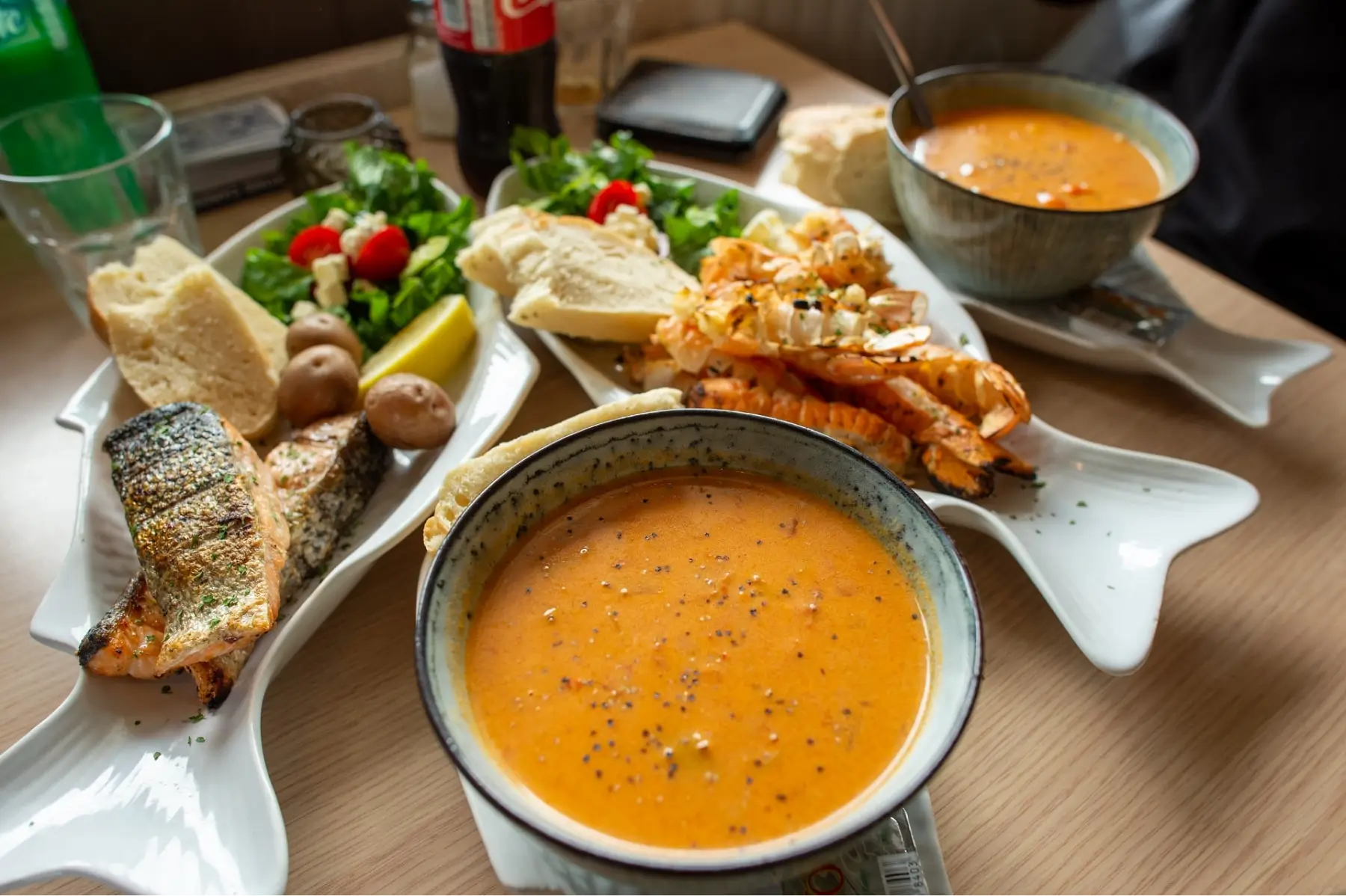
Food and drink in Iceland
With dark and cold winters, you’ll find plenty of traditional hearty food inspired by seasonal ingredients. There’s also an abundance of top-class restaurants where chefs have offer creative local cuisine.
Try Reykjavik's famous hot-dog or ‘plysur’ made from a blend of beef, lamb, and pork and accompanied by crunchy deep-fried onions, raw onions, sweet mustard and a creamy remoulade.
Seafood is plentiful from deep-fried cod to mussel stews. Snack like the locals and enjoy a salty fish jerky. Lamb is an Icelandic staple best enjoyed in hearty stews at casual eateries or as roasted sirloin.
Iceland's Weather
Average monthly temperature in Iceland (°C)
- Jan 0°C
- Feb 0°C
- Mar 0°C
- Apr 3°C
- May 6°C
- Jun 9°C
- Jul 11°C
- Aug 11°C
- Sep 7°C
- Oct 4°C
- Nov 3°C
- Dec 2°C
Places to stay in Iceland
Experience Iceland's breathtaking landscapes, unique geothermal wonders, and vibrant cultural heritage.
What is the currency used here?
Iceland used the Icelandic Krona as its currency.
What is there to do in Iceland?
- Explore Iceland’s caves. These ice caves are apart of the amazing and unique natural landscape of Iceland. To new visitors it is a breathtaking experience to see how the ice forms due to geothermal heat from lava. There are also man-made tunnels and caves that can be found around Iceland’s cities which make a great daytime activity to get a guided tour of these caves.
- See the Northern Lights. This breathtaking experience is something everyone should try and see once in their lifetime. When visiting during the winter months you can catch a glimpse of these beautiful lights in the sky. You can book a tour to help with your chances to see them when you visit. You also have a chance to learn about the northern lights at the Northern Lights Centre in Reykjavík.
- Visit Iceland’s living museums. These unique experiences are great for first time visitors as you get to learn, in a fun way, the history of Iceland. This is done through guides in period piece outfits and replicas of buildings such as a Viking longhouse.
- Kayak along the waters to see the local marine life. This is a great experience as you get to breath in fresh ocean air and get the chance to see whales and seals. Tours can also be taken if you want to get a guaranteed chance to see seals.
When is the best time of the year to visit?
The best time of year to visit Iceland is during the autumn and winter months. This is the best time because you have the best chance to see the northern lights and take part in the local winter sports. There will also be fewer tourists at this time which will make for a great peaceful winter holiday.
What are the popular locations to visit?
Reykjavík:
The capital of Iceland is perfect for first time visitors to Iceland. Home to two thirds of the population of Iceland, there is a lot to experience and learn about Icelandic culture and plenty to keep you entertained for the duration of your stay. Also here is the old harbour bay which can give you a great view of the sea and go on whale watching tours.
The Blue Lagoon:
With Iceland being well known for its hot springs, it makes perfect sense that Iceland’s most well-known spot to experience this is a must visit destination. This spot is great for those looking for a relaxing break as its spa offers a great experience for visitors.
Vatnajökull National Park:
This amazing national park has something amazing and unique for visitors. At the centre of the park is a breathtaking glacier. For nature lovers there are many hiking trailer for you to take to see what the nature of Iceland has to offer such as waterfalls and mountain peaks. You can also take a guided snow mobile tour that takes you over the glacier.
Get in touch and book your perfect holiday with Hays Travel
With so much choice out there, stop the endless searching - our experts at Hays Travel will find the perfect holiday for you. Speak with an expert now, find a branch near you, search online for great deals, or enquire today to start planning your dream getaway.

Call our experts
Contact the Hays Travel holiday experts today for personalised advice and unbeatable deals on your next getaway.

Enquire today
Submit an enquiry today and one of our experienced Hays Travel holiday experts will get back to you as soon as possible.

Visit us in branch
Visit the Hays Travel holiday experts in branch today for personalised advice, inspiration, and unbeatable deals on your next getaway.
